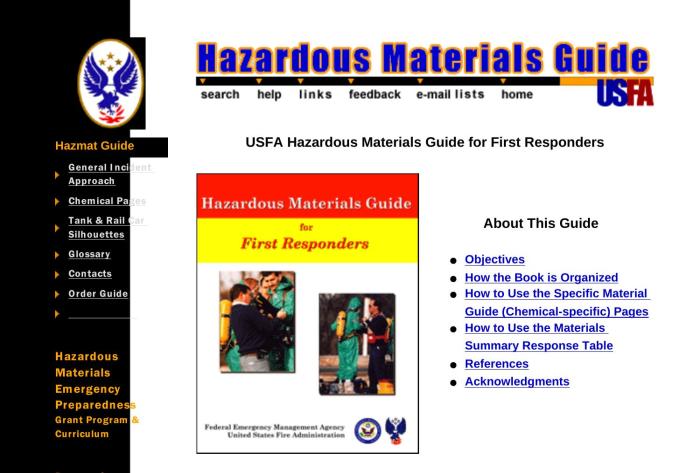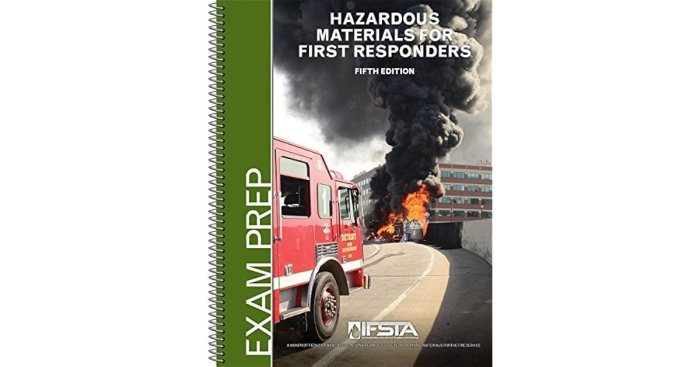Hazardous materials for first responders 6th edition – Introducing the 6th edition of Hazardous Materials for First Responders, the definitive guide for emergency personnel navigating the complexities of hazardous materials incidents. This meticulously crafted resource empowers first responders with a comprehensive understanding of hazard assessment, risk management, incident response, decontamination, and more, ensuring their safety and effectiveness in protecting communities.
Delving into the heart of the topic, this comprehensive guide provides an in-depth exploration of hazardous materials, their classification, and the crucial role of first responders in managing these risks. With real-world examples and practical guidance, the book equips readers with the knowledge and skills to confidently respond to and mitigate hazardous materials incidents.
1. Overview of Hazardous Materials: Hazardous Materials For First Responders 6th Edition

Hazardous materials are substances that pose a threat to human health, the environment, or property. They are classified according to their physical, chemical, and toxicological properties. First responders must understand the hazards associated with different types of hazardous materials in order to protect themselves and the public.
Common hazardous materials encountered by first responders include:
- Flammable liquids
- Corrosive materials
- Toxic gases
- Radioactive materials
- Biological agents
2. Hazard Assessment and Risk Management
Hazard assessment is the process of identifying and evaluating the potential hazards associated with a hazardous material. Risk management is the process of developing and implementing measures to reduce or eliminate those risks. First responders play a critical role in both hazard assessment and risk management.
Personal protective equipment (PPE) is essential for protecting first responders from exposure to hazardous materials. PPE includes items such as respirators, gloves, boots, and coveralls.
3. Incident Response and Management
Responding to hazardous materials incidents requires a coordinated effort by multiple agencies. First responders must be prepared to take immediate action to protect the public and the environment.
The steps involved in responding to a hazardous materials incident include:
- Identifying the hazard
- Evacuating the area
- Containing the spill or release
- Decontaminating personnel and equipment
- Cleaning up the spill or release
4. Decontamination and Cleanup, Hazardous materials for first responders 6th edition
Decontamination is the process of removing hazardous materials from personnel and equipment. Cleanup is the process of removing hazardous materials from the environment.
There are a variety of methods for decontaminating personnel and equipment. The most common method is to use water and soap. However, some hazardous materials require specialized decontamination procedures.
Cleanup of hazardous materials spills and releases can be a complex and time-consuming process. The type of cleanup method used will depend on the type of hazardous material involved.
FAQ Insights
What are the most common types of hazardous materials encountered by first responders?
First responders frequently encounter various hazardous materials, including flammable liquids, corrosive substances, toxic gases, and radioactive materials.
How does the 6th edition differ from previous editions of Hazardous Materials for First Responders?
The 6th edition incorporates the latest industry best practices, regulatory updates, and advancements in technology, ensuring that first responders have access to the most up-to-date information and guidance.
What is the significance of interagency cooperation in hazardous materials incidents?
Interagency cooperation is crucial for coordinating resources, sharing expertise, and ensuring a unified response to hazardous materials incidents, enhancing overall safety and effectiveness.

